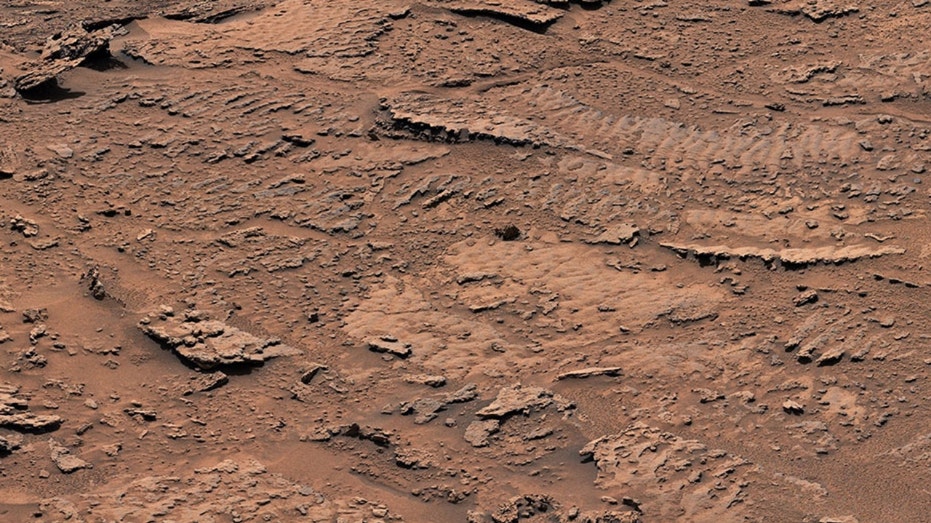Mars rover Curiosity finds 'best evidence' of ancient water in grooved rocks
NASA's Curiosity rover has recently found rippled rock textures that suggest lakes existed in a region of ancient Mars. Scientists had expected the region to be drier.

NASA's Curiosity rover recently discovered wavy rock textures that suggest lakes existed in regions of ancient Mars that scientists had expected to be drier.
The 'Sulfate Unit' rock formations are believed to have formed in a drier environment than the areas previously explored on the mission, leaving the area's sulfates behind when it dried to dripping water. increase.
But when the rover got there last fall, the team was surprised to find "the clearest evidence yet of ancient water waves formed in the lake."
"This is the best evidence of water and waves that we’ve seen in the entire mission," Ashwin Vasavada, Curiosity’s project scientist at NASA’s Jet Propulsion Laboratory, said in a statement. "We climbed through thousands of feet of lake deposits and never saw evidence like this – and now we found it in a place we expected to be dry."
Billions of years ago, NASA said, waves on the surface of a shallow lake stirred up sediment at the bottom, creating the rippled rock textures.
Climbing nearly half a mile above the base of Mount Sharp, the rover found the textures preserved in the "Marker Band," which is a thin layer of dark rock that stands out from the rest of the mountain. The rock layer is so hard that Curiosity has not been able to drill a sample from it after several attempts, and scientists will be looking for softer rock in coming weeks.
Another clue within the Marker Band is an unusual rock texture that was likely caused by some sort of regular cycle in the weather or climate.
In addition, NASA said that scientists can see another clue to the history of Mars' water in a valley named Gediz Vallis. Scientists suspect that wet landslides occurred there – resulting in debris – and a channel running through the valley that starts on Mount Sharp is thought to have been eroded by a small river.
The rover team hopes to have another chance to survey the debris at the Gediz Vallis Ridge.






















